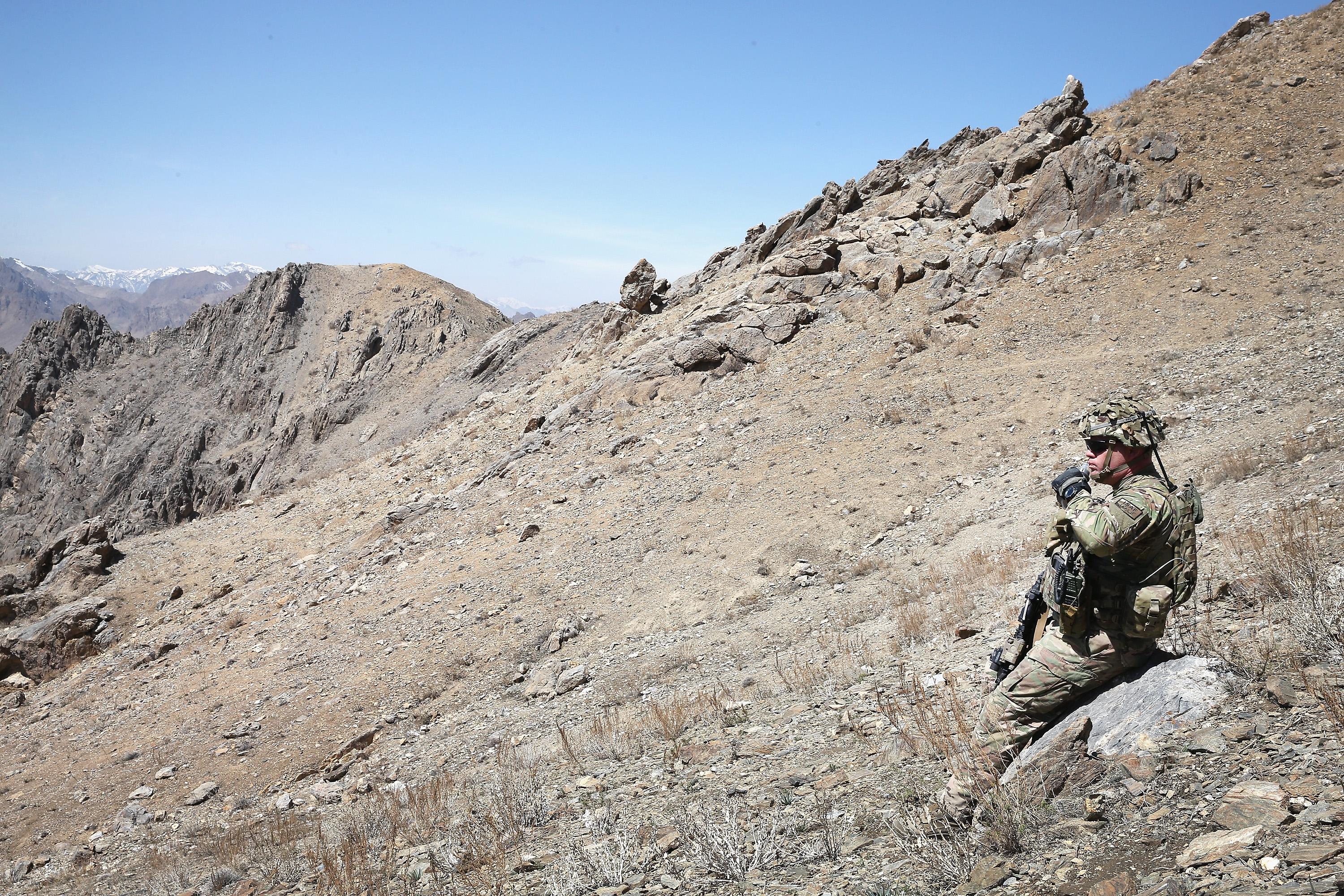Why the Cost of the Afghanistan War Won’t Peak Until 2048
Just because the Taliban has taken over Afghanistan doesn't mean America's costs are over. Here's why the cost won't peak until 2048.
Aug. 16 2021, Published 11:12 a.m. ET
Just because the Taliban has taken over Afghanistan and the U.S. is ending its decades-long war doesn't mean America's costs are over. Estimates suggest that the annual price of the Afghanistan war for the U.S. won't peak until 2048.
Here's why the cost is expected to go up for the next 2.5 decades, further impacting the U.S. national debt.
How much did the U.S. spend in Afghanistan?
According to the Watson Institute of Brown University, which took on the Costs of War Project, the U.S. has financed about $2 trillion in direct war costs for the Afghanistan and Iraq wars through debt alone. At the time of the U.S. invasion of Afghanistan, then-president George W. Bush cut tax rates for the wealthiest U.S. citizens by at least eight percent.
This is contradictory to previous U.S. war actions, like when former President Lyndon Johnson temporarily raised tax rates for the wealthy by 77 percent to pay for the Vietnam War. For comparison's sake, the Vietnam War cost the U.S. about $950 billion (adjusted for inflation).
Interest will continue to add to the U.S. national debt
Because the U.S. financed Afghanistan war costs and put the country further into debt, America will be paying interest on that debt through about 2050. Ultimately, the cost of interest alone could add another $6.5 billion by 2050.
Looking ahead at costly veteran care through 2048
Linda Bilmes, an expert on war finances, is involved in the Brown University Costs of War project. Bilmes told reporters that, because the U.S. has committed to paying for veterans' health care, disability, burial, and other related costs, the price of the Afghanistan and Iraq wars will continue to increase through the soldiers' lifetimes.
For about four million veterans, the lifetime cost of care could amount to more than $2 trillion. Based on life expectancy, veteran care costs are expected to continue rising through 2048.
Ultimately, the U.S. will pay more than $10 trillion in costs directly associated with the Afghanistan and Iraq wars. The Afghanistan war, which lasted 20 years, is the longest-running U.S. war by a wide margin, putting the Vietnam War in second place. Combined with the 13-year war in northwest Pakistan that overlapped the Afghanistan war, the costs could be even higher.
It's more than a money thing
The U.S. officially invaded Afghanistan on Oct. 7, 2001. Since then, the war has brought immense casualties, with 47,245 Afghan civilians and 2,448 U.S. troops dying in the 20-year conflict.
Poverty among Afghans was also up to 47 percent in 2020, an increase from 36 percent in 2007. Despite a boost in life expectancy and literacy, U.S.-built infrastructure such as schools, hospitals, and dams have not made the impact that Americans intended them to.
The balance between what has been gained versus lost, and what more Afghan civilians and the U.S. will lose in the future, is fickle. As the U.S. government conducts counterterror activities in 85 countries, it's clear that Afghanistan is a part of a much larger, much more sobering picture.


